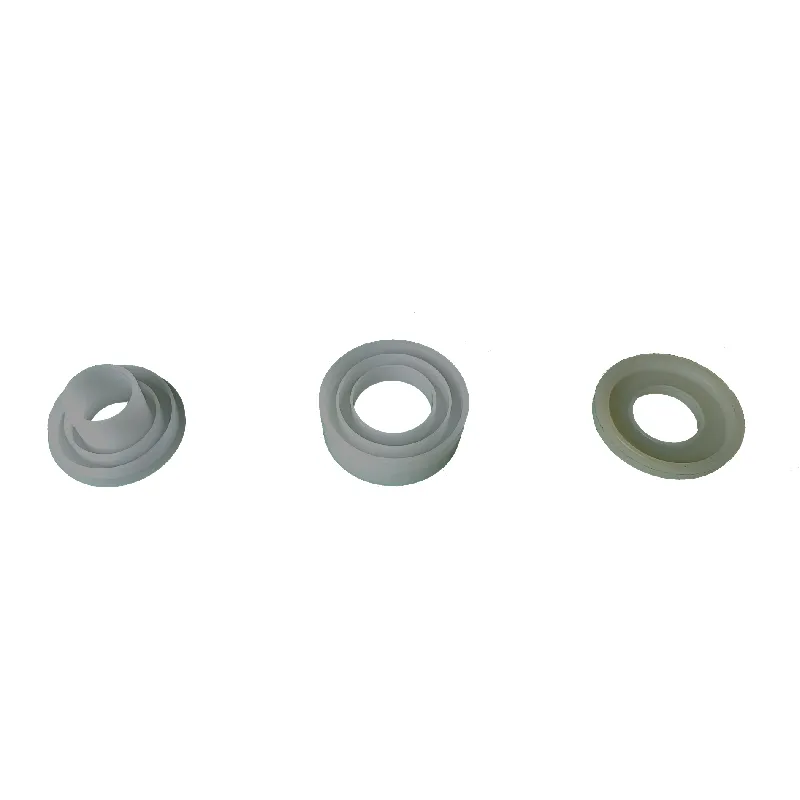 Afrikaans
Afrikaans  Albanian
Albanian  Amharic
Amharic  Arabic
Arabic  Armenian
Armenian  Azerbaijani
Azerbaijani  Basque
Basque  Belarusian
Belarusian  Bengali
Bengali  Bosnian
Bosnian  Bulgarian
Bulgarian  Catalan
Catalan  Cebuano
Cebuano  Corsican
Corsican  Croatian
Croatian  Czech
Czech  Danish
Danish  Dutch
Dutch  English
English  Esperanto
Esperanto  Estonian
Estonian  Finnish
Finnish  French
French  Frisian
Frisian  Galician
Galician  Georgian
Georgian  German
German  Greek
Greek  Gujarati
Gujarati  Haitian Creole
Haitian Creole  hausa
hausa  hawaiian
hawaiian  Hebrew
Hebrew  Hindi
Hindi  Miao
Miao  Hungarian
Hungarian  Icelandic
Icelandic  igbo
igbo  Indonesian
Indonesian  irish
irish  Italian
Italian  Japanese
Japanese  Javanese
Javanese  Kannada
Kannada  kazakh
kazakh  Khmer
Khmer  Rwandese
Rwandese  Korean
Korean  Kurdish
Kurdish  Kyrgyz
Kyrgyz  Lao
Lao  Latin
Latin  Latvian
Latvian  Lithuanian
Lithuanian  Luxembourgish
Luxembourgish  Macedonian
Macedonian  Malgashi
Malgashi  Malay
Malay  Malayalam
Malayalam  Maltese
Maltese  Maori
Maori  Marathi
Marathi  Mongolian
Mongolian  Myanmar
Myanmar  Nepali
Nepali  Norwegian
Norwegian  Norwegian
Norwegian  Occitan
Occitan  Pashto
Pashto  Persian
Persian  Polish
Polish  Portuguese
Portuguese  Punjabi
Punjabi  Romanian
Romanian  Russian
Russian  Samoan
Samoan  Scottish Gaelic
Scottish Gaelic  Serbian
Serbian  Sesotho
Sesotho  Shona
Shona  Sindhi
Sindhi  Sinhala
Sinhala  Slovak
Slovak  Slovenian
Slovenian  Somali
Somali  Spanish
Spanish  Sundanese
Sundanese  Swahili
Swahili  Swedish
Swedish  Tagalog
Tagalog  Tajik
Tajik  Tamil
Tamil  Tatar
Tatar  Telugu
Telugu  Thai
Thai  Turkish
Turkish  Turkmen
Turkmen  Ukrainian
Ukrainian  Urdu
Urdu  Uighur
Uighur  Uzbek
Uzbek  Vietnamese
Vietnamese  Welsh
Welsh  Bantu
Bantu  Yiddish
Yiddish  Yoruba
Yoruba  Zulu
Zulu rubber lagging roller
Rubber lagging rollers play a crucial role in enhancing the efficiency and functionality of various industrial machinery. Commonly used in conveyor systems, these rollers are designed to provide better traction, reduce slippage, and extend the lifespan of equipment.
One of the primary advantages of rubber lagging is its ability to improve grip. When materials are transported on a conveyor system, the potential for slipping can be a significant issue, especially when handling heavy or bulk materials. Rubber lagged rollers provide a textured surface that increases friction, allowing for smoother material movement and minimizing the risk of spills or operational interruptions. This improved grip not only enhances performance but also contributes to safer working conditions by reducing the likelihood of accidents associated with material handling.
Additionally, rubber lagging offers benefits in terms of noise reduction. Many industrial environments can be quite loud, and the noise generated by metal-on-metal contact can exacerbate this issue. Rubber absorbs vibrations and reduces noise, creating a more pleasant working environment. This can lead to increased productivity and improved morale among workers, as they are less likely to be distracted or disturbed by excessive noise.
rubber lagging roller

The longevity of rubber lagged rollers is another significant factor. The rubber material is typically resistant to wear and tear, making it a durable choice for heavy-duty applications. This durability translates to longer intervals between replacements, reducing maintenance costs and downtime for businesses. Companies can allocate their resources more efficiently, focusing on production rather than equipment upkeep.
Moreover, rubber lagging can be tailored to meet specific operational requirements. Different types of rubber can be used to enhance resistance to heat, chemicals, and even ozone, depending on the nature of the materials being handled. This customization ensures that businesses can employ the most effective solutions for their unique processes and environments.
In conclusion, rubber lagging rollers represent a vital component in modern conveyor systems and material handling applications
. With their ability to improve traction, reduce noise, extend equipment life, and provide customized solutions, they contribute significantly to operational efficiency and safety. As industries continue to evolve, the adoption of rubber lagging technology will remain a key factor in optimizing performance and maintaining a competitive edge.-
Revolutionizing Conveyor Reliability with Advanced Rubber Lagging PulleysNewsJul.22,2025
-
Powering Precision and Durability with Expert Manufacturers of Conveyor ComponentsNewsJul.22,2025
-
Optimizing Conveyor Systems with Advanced Conveyor AccessoriesNewsJul.22,2025
-
Maximize Conveyor Efficiency with Quality Conveyor Idler PulleysNewsJul.22,2025
-
Future-Proof Your Conveyor System with High-Performance Polyurethane RollerNewsJul.22,2025
-
Driving Efficiency Forward with Quality Idlers and RollersNewsJul.22,2025





























